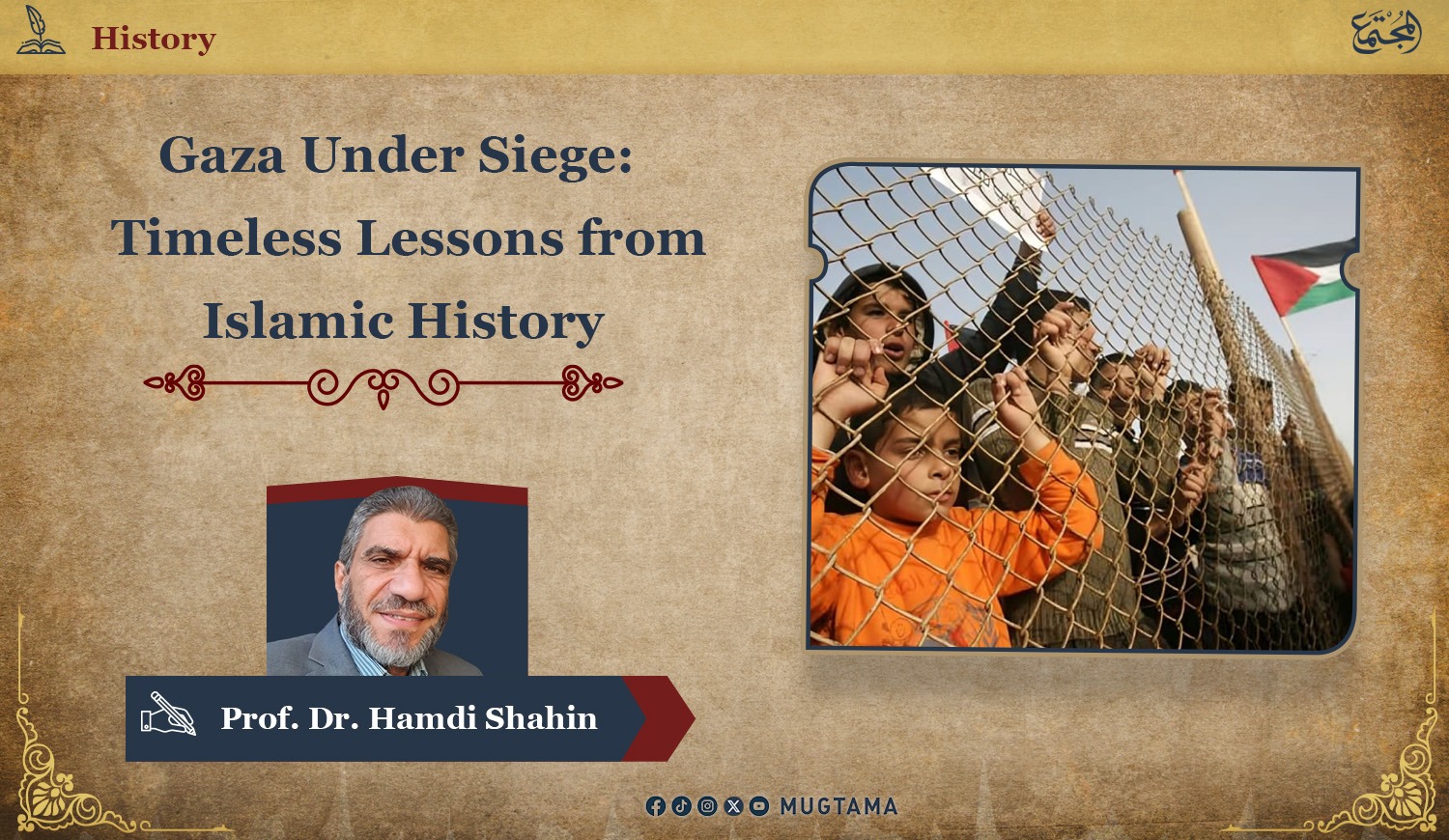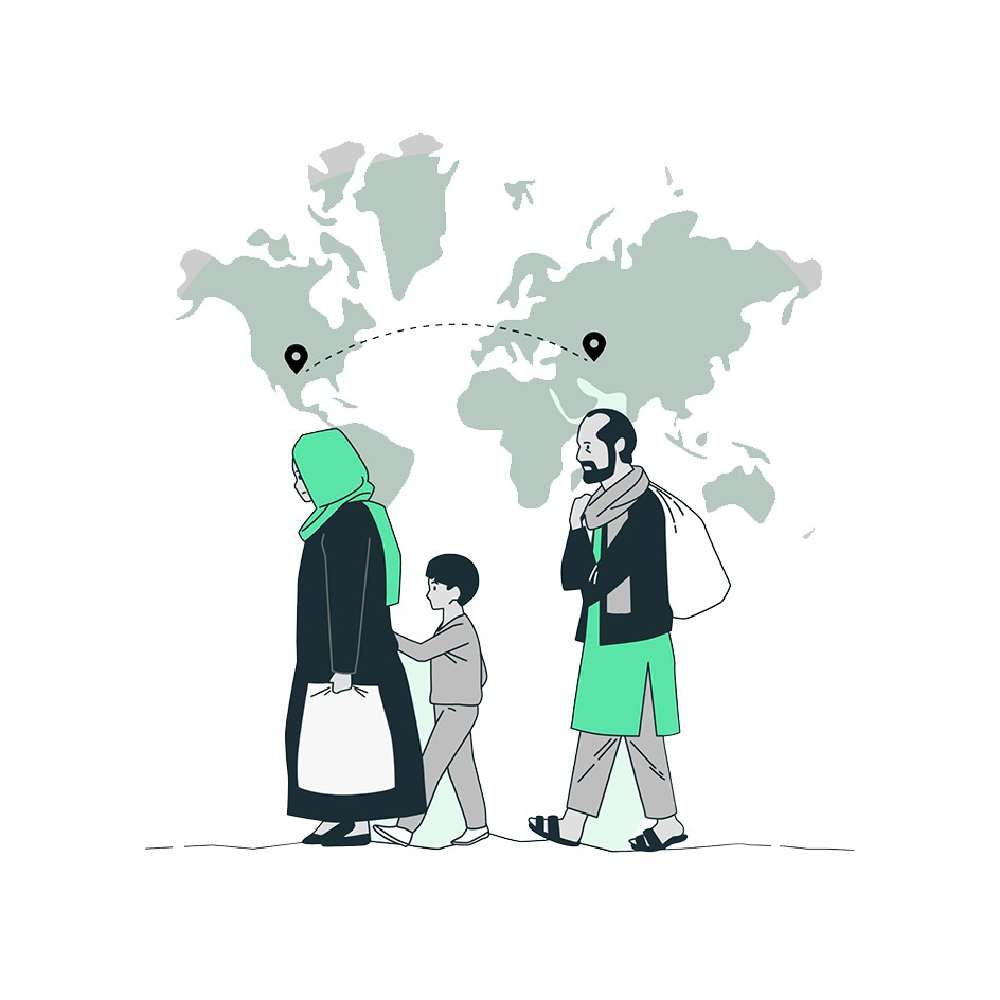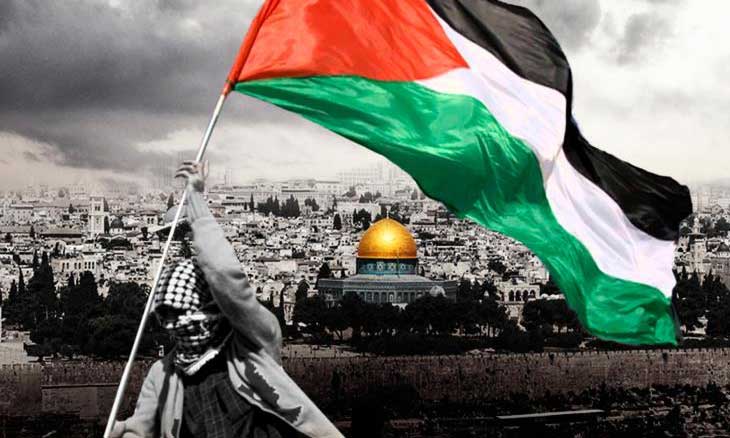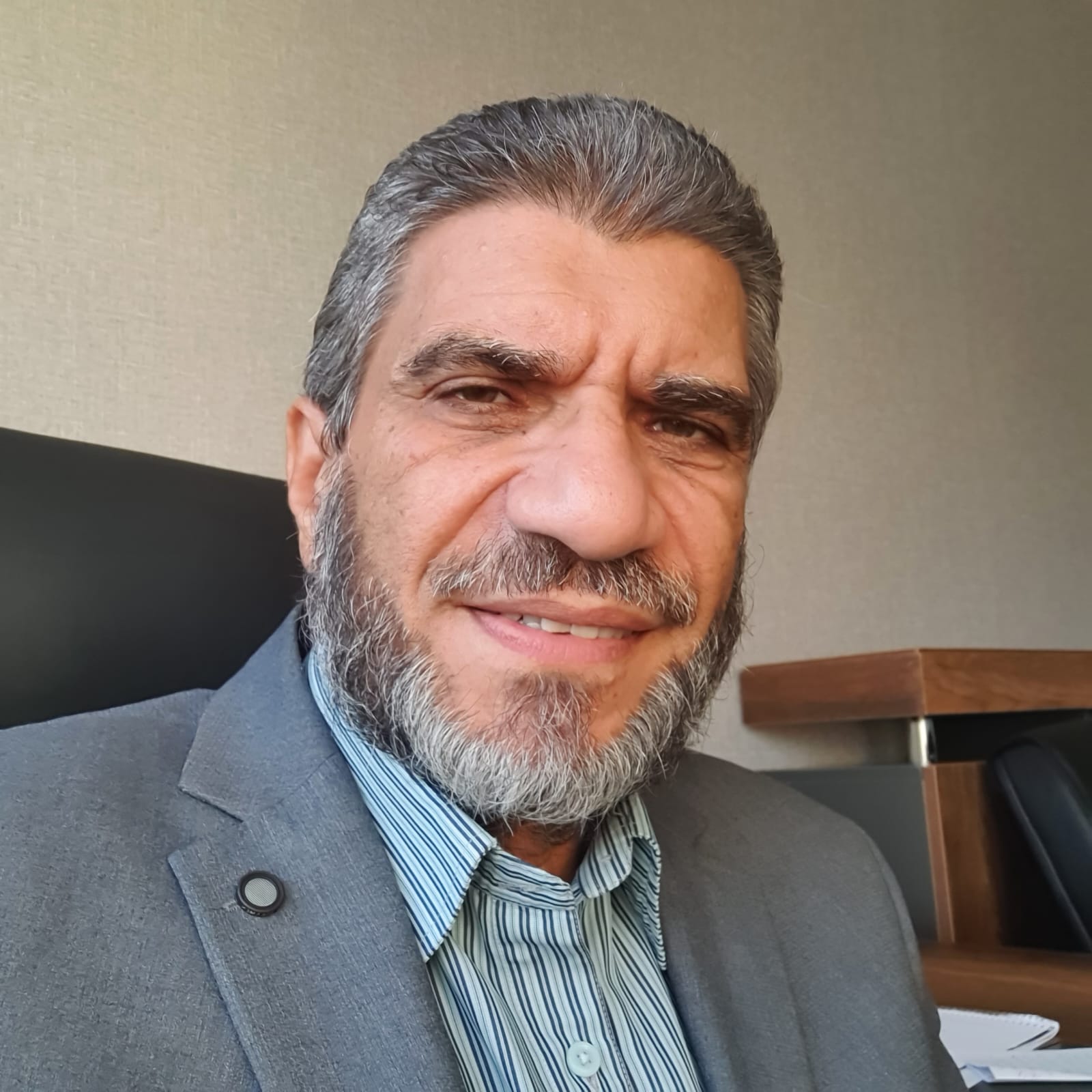Gaza Siege: Timeless Lessons from Islamic History

The first siege faced by the Muslims occurred in the 7th year of the Prophetic
mission, during the boycott in the Valley of Abu Talib. Quraysh had agreed to
cut them off completely—no trade, no food, no drink, and no intermarriage. The
siege dragged on for three long years, until the Muslims were forced to eat
leaves and leather. From beyond the valley, the cries of their women and
children could be heard as they wailed from hunger.
"The outcome of their
patience and steadfastness was that God caused division among the hearts of the
polytheists. Tribal loyalty overcame the fragility of idolatry in some of them,
and Arab chivalry emerged—a remnant of virtues they took pride in, an
undeniable truth which our Prophet came to perfect when he said: ‘I was only sent to perfect noble character.
Then
came the siege of the Confederates against the Prophet Muhammad (peace be upon
him) and his companions in the fifth year after the Hijrah. The siege lasted
for nearly a month, until hearts reached their throats and people were
overwhelmed with doubts. Yet when God saw the sincerity of their faith and the
firmness of their conviction, He granted them victory—sending a fierce wind and
angels to their aid.
The Approaching Triumph
In
both cases—the Valley of Abu Talib and the Siege of
the Confederates—the stubborn disbelieving enemy had reached the peak of its
mobilization and its full strength in plotting. Yet the arrogance of their
power was shattered upon the rock of faith and steadfastness; and that was the
beginning of their downfall. The Prophet Muhammad (peace be upon him), after
the siege of the valley, went out to present his message to the tribes, where
he found the support of the Ansar from Yathrib. As for the defeat of the
Confederates, it marked the opening of the offensive against the camp of
polytheism in Mecca, and he declared: 'Now we shall attack them, and they
shall not attack us.' Within three years, the banners of Islam were
fluttering over the hills of Mecca.
And
we hope that the steadfast in Gaza will be granted a similar outcome, God
willing. For the schemes of the Zionists, their arrogance, and their reliance
on America and its allies have reached their peak—and beyond that lies only
relief.
Global Injustices
The
phenomenon of siege and starvation recurs throughout human history, reflecting
the imbalance of power between warring parties. It allows one side to weaken
its opponent, impose its will, or force concessions that the other would
otherwise reject. It is well known that power is not always tied to justice,
and that tyranny often seeks to monopolize the fate of the oppressed.
We
saw this in the U.S. and allied blockade on Iraq for 13 years (from 1990 until
its occupation in 2003), which led to the death of one and a half million
children due to starvation and the denial of food and medicine.
We
also saw it in the Serbian aggression against the Muslims of Bosnia and
Herzegovina (1992–1995), with the brutal siege of its cities and the
perpetration of mass massacres—the most infamous being the Srebrenica massacre,
which resulted in the killing of more than 8,000 men, boys, and women, along
with horrific cases of mass rape and ethnic cleansing.
Abandoning the Ally and Supporting the Enemy
It is
regrettable that such crimes should occur in an era marked by the weakness of
Muslims, their fragmentation, the betrayal of many of their leaders, their
allegiance to the enemies of the Ummah, and even their participation in the
crimes of siege, displacement, and starvation.
History,
indeed, repeats itself. In earlier times of humiliation, we saw the Mongols
sweeping across the lands of Islam, spreading terror that gripped hearts and
minds. Muslim rulers hastened to offer tokens of loyalty to Genghis Khan and
Hulagu, opening before them the treasuries of their wealth and the camps of
their armies.
Examples of Steadfastness
A
similar resemblance is found in the noble examples of resilience, as seen in
the steadfastness of the city of Mayyafariqin(1) and its courageous
ruler, al-Malik al-Kamil, who refused to surrender during two years of deadly
siege and bitter starvation (656–658 AH). The city’s people embodied an
awe-inspiring spirit of sacrifice: they ate leather, cats, dogs, and even the
corpses of the dead, yet they chose death over compromising their faith. When
the Mongols finally entered the city after two years, they found only 63
civilians and 42 soldiers left alive.
As
for their valiant ruler, he was taken captive and attained martyrdom at the
frontier, his head held high, while his contemporaries from among the kings of
disgrace hastened to aid the enemy and sought to win its favor.
What
makes his steadfastness and martyrdom even more remarkable is that his decision
to fight to the death came after witnessing the fall of Baghdad, the slaughter
of its people, and the devastation that befell it. Yet none of this weakened
his resolve or diminished his determination.
This
was a farsighted vision and a conscious reading of the lessons of history—one
that the Andalusian ruler al-Mu‘tamid ibn ‘Abbad realized only after the fall
of Toledo. The city had endured a nine-month siege, during which its people
suffered hunger and starvation, while the kings of the taifas circled the tent
of Alfonso VI, the king of Castile. Their offerings proved useless, as the
Christian king continued to drain their wealth and bleed their people, until
they finally realized that defeat was inevitable. At that moment, they sent
envoys to seek the help of Yusuf ibn Tashfin, the pious and ascetic Almoravid
ruler, whose strength had not been weakened by the indulgence of Andalusian
life. He did not hesitate to come to their aid, and through him, God prolonged
the life of Al-Andalus for four more centuries.
As
for Sultan Salah al-Din (Saladin), he spent months on horseback striving to aid
the people of Acre, who were besieged by the Crusaders of the Third Campaign, led by Richard and the kings
of Europe. Yet he was unable to break through, and the Crusaders
massacred the inhabitants, sparing almost none. Still, their
steadfastness—and Salah al-Din’s support—preserved Jerusalem, preventing it
from falling once more into the hands of the Crusaders, after he had liberated
it nearly four years earlier.
Where are the supporters?
It
weighs heavily on the heart of every free soul today to feel the absence of the
noble Qurayshi who once refused to let his kinsmen perish in the Valley of Abu
Talib; the righteous supporter who would cry out, ‘Here I am, O Gaza!’; the
God-conscious leader who would rise in fury for the sanctity of al-Aqsa and the
tears of a child; and the noble human being whose blood would boil at the sight
of the unjustly starved on television screens—yet who would still see them
holding fast to their faith as though grasping burning coals.
‘By God, a single strike of the sword in honor
is better than a strike of the whip in humiliation.’ Thus spoke Asma bint Abi
Bakr, consoling her son Ibn al-Zubayr and strengthening his resolve. This is
also how the people of Gaza have understood it: the price paid by the free is
far less costly, in the balance of truth, than that paid by those who accept
humiliation and submission. ] Do not be faint-hearted in pursuing the
enemy: if you are suffering hardship, so are they, but you hope to receive
something from God for which they cannot hope. God is all knowing and wise.[ ] An-Nisa:103[
Indeed,
to die of hunger or to be slain as a martyr in the bond of honor is nobler than
to die of hunger in natural calamities that claim thousands of lives every
year—while thousands more perish in unjust wars imposed by the powerful, the
reckless, and the tyrannical rulers who set themselves up as gods.
____________________________________
(1) "Mayyāfāriqīn,
known today as Silvan, is a historic city in Diyarbakir Province, southeastern
Turkey, famous for its resistance against the Mongols in the 13th century.
You
may like also:
· Basharat Revolution & Muslim Sacrifices in Andalusia
· Seeking help from enemies... The merciless lessons of history.












